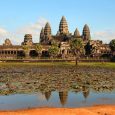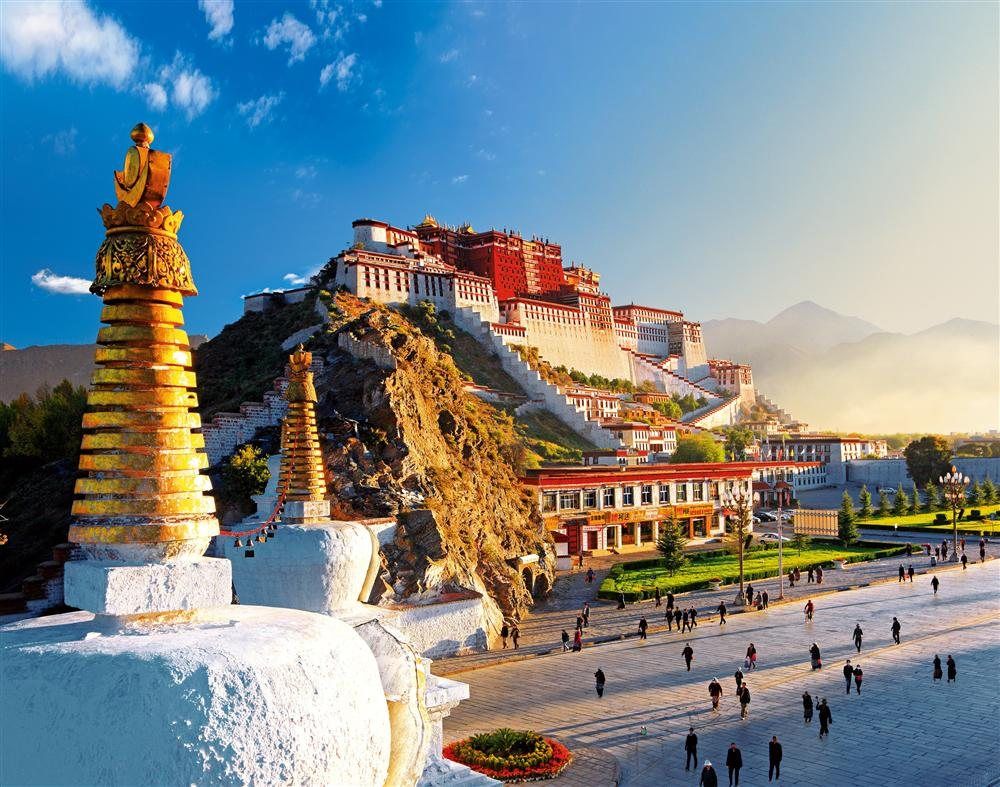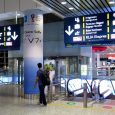If you are looking for a unique adventure in Africa, look no further than Angola. This southwestern African country is bursting with natural beauty, rich history, and vibrant culture. In this comprehensive travel guide, we will explore the top tourist attractions, the best time to visit, how to get there, visa requirements, transportation options, accommodation choices, food and drink, safety tips, and cultural experiences in Angola. Whether you are a seasoned traveler or new to international adventures, this guide will help you plan an unforgettable trip to Angola.
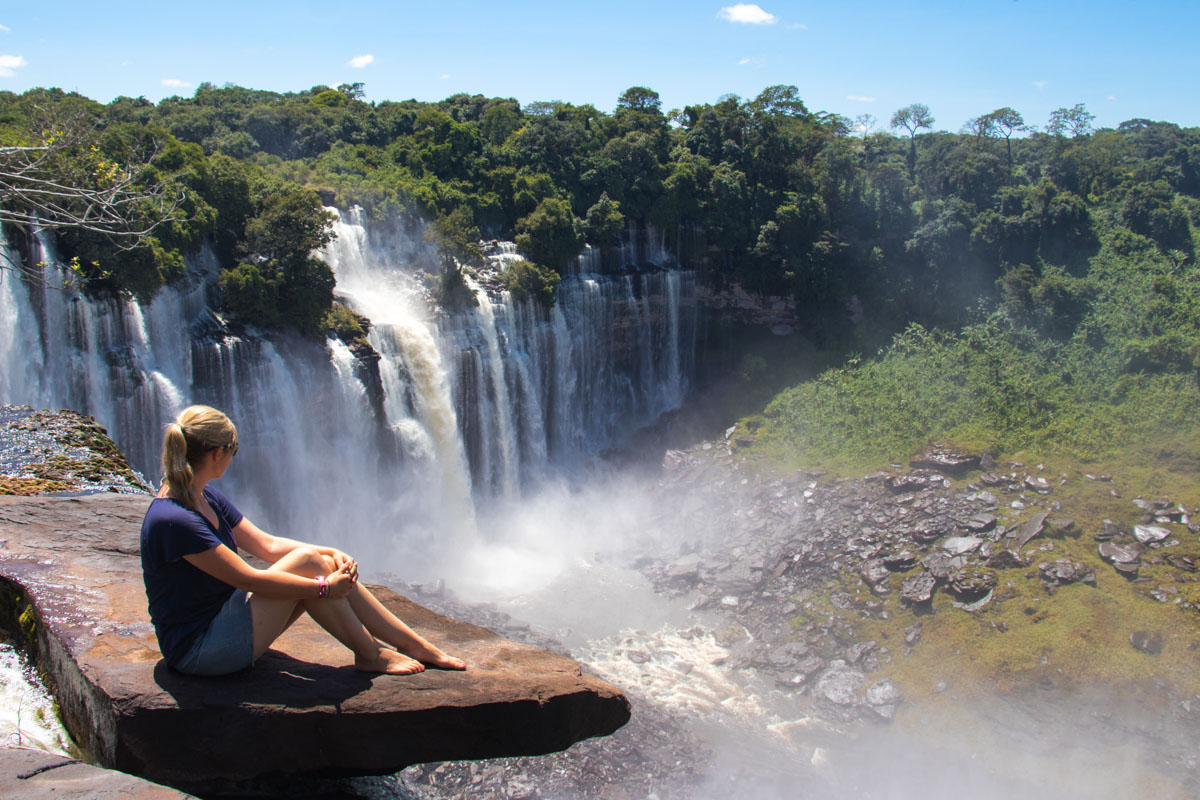
Top Tourist Attractions in Angola
- Kalandula Falls – Located in the northern part of the country, the Kalandula Falls are one of the largest waterfalls in Africa.
- Namibe Desert – Stretching along the southern coast of Angola, the Namibe Desert offers breathtaking landscapes and unique wildlife.
- Ilha do Mussulo – Just a short boat ride from the capital city of Luanda, this beautiful island is a popular spot for swimming, sunbathing, and water sports.
- Kissama National Park – Home to elephants, giraffes, lions, and other African wildlife, this park is perfect for a safari adventure.
- Tundavala Fissure – Located in the Huila Province, this natural wonder features stunning views of the surrounding mountains and valleys.
Summary:
- Kalandula Falls
- Namibe Desert
- Ilha do Mussulo
- Kissama National Park
- Tundavala Fissure
Best Time to Visit Angola
![Best Things To Do in Angola. [Ultimate] Travel Guide, Tips Attractions.](https://visaangola.com/wp-content/uploads/sites/11/2023/05/introduction-to-angola-travel-guide-645b3e7e6526d.jpg)
The best time to visit Angola is during the dry season, which runs from May to October. The temperatures are cooler, and there is less rainfall, making it easier to explore the country’s many outdoor attractions. However, keep in mind that this is also peak tourist season, so prices may be higher and crowds may be larger. If you prefer a quieter experience, consider visiting during the rainy season from November to April. While there may be more rain and higher temperatures, you will have a chance to witness the stunning landscapes of Angola in lush greenery.
Summary:
- Dry season (May to October)
- Rainy season (November to April)
How to Get to Angola
The easiest way to get to Angola is by flying into one of the country’s international airports. The most popular airport is Quatro de Fevereiro International Airport in Luanda, which receives flights from major cities around the world. Another option is Lubango Airport, located in the south-central part of the country. Once you arrive in Angola, you can explore the country by car, bus, or plane.
Summary:
- Fly into international airports (Quatro de Fevereiro International Airport or Lubango Airport)
- Explore by car, bus, or plane
Visa Requirements for Angola
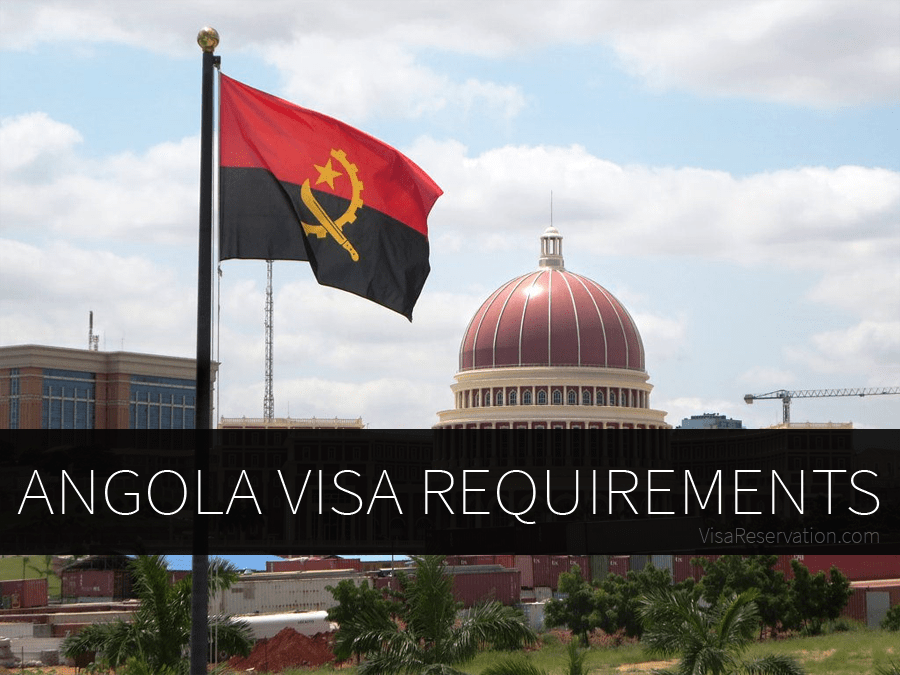
Visitors to Angola must obtain a visa before traveling to the country. You can apply for a tourist visa at an Angolan embassy or consulate in your home country. The visa application requires a passport with at least six months validity, a visa application form, and two passport-sized photos. In addition, visitors must provide proof of onward travel and accommodation, as well as evidence of sufficient funds for their stay in Angola.
Summary:
- Obtain a visa before traveling
- Apply at an Angolan embassy or consulate
- Requirements: passport, visa application form, photos, proof of onward travel and accommodation, evidence of sufficient funds
Transportation in Angola
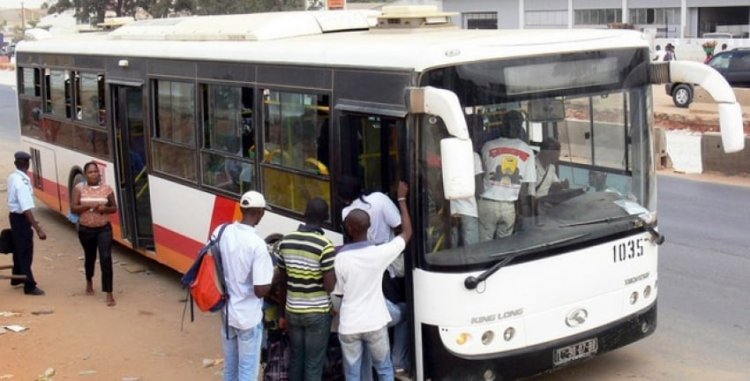
Transportation options in Angola include buses, taxis, and rental cars. Buses are the cheapest way to travel long distances, but they can be crowded and uncomfortable. Taxis are readily available in urban areas, but be sure to negotiate the fare before starting your journey. Rental cars are also available, but be aware that the road conditions in Angola can be challenging, and driving in the country requires a great deal of caution.
Summary:
- Buses
- Taxis
- Rental cars
- Road conditions can be challenging
Accommodation Options in Angola

Accommodation options in Angola range from budget-friendly guesthouses to luxurious hotels. Some popular choices include:
- Hotel Trópico – Located in Luanda, this hotel offers comfortable rooms with ocean views, a swimming pool, and a restaurant.
- Iu Hotel Luanda Talatona – This modern hotel features spacious rooms, free Wi-Fi, and an outdoor pool.
- Pension Bianca – A budget-friendly guesthouse in Benguela, with simple rooms and a shared kitchen.
- Palmeiras Guest House – A charming bed and breakfast in Lubango, with beautiful gardens and a welcoming atmosphere.
Summary:
- Hotel Trópico
- Iu Hotel Luanda Talatona
- Pension Bianca
- Palmeiras Guest House
Food and Drink in Angola
Angolan cuisine is influenced by Portuguese and African flavors. Some popular dishes include:
- Muamba de Galinha – A stew made with chicken, palm oil, vegetables, and spices.
- Calulu – A dish made with dried fish or meat, vegetables, and beans.
- Moamba de Peixe – A fish stew made with tomatoes, onions, garlic, and chili peppers.
- Funge – A cornmeal porridge served with a variety of stews and sauces.
- Grilled seafood – Angola’s coastal location makes it a great place to enjoy fresh seafood, such as grilled prawns and fish.
In terms of drinks, Angolan beer is popular, with brands like Cuca and N’gola being widely available. You can also try local spirits like Cazanga and Pombe, as well as refreshing drinks like ginger beer and maçã verde (green apple juice).
Summary:
- Muamba de Galinha
- Calulu
- Moamba de Peixe
- Funge
- Grilled seafood
- Angolan beer (Cuca, N’gola)
- Local spirits (Cazanga, Pombe)
- Ginger beer and maçã verde
Safety Tips for Traveling in Angola
While Angola is generally a safe country to visit, there are some safety precautions you should take to ensure a smooth trip:
- Be aware of your surroundings and avoid displaying expensive items.
- Keep your valuables in a secure place, such as a hotel safe.
- Only use licensed taxis and avoid traveling alone at night.
- Keep a photocopy of your passport and visa with you at all times.
- Stay up-to-date on current events and any travel warnings issued by your home country.
Summary:
- Be aware of surroundings
- Keep valuables secure
- Use licensed taxis
- Avoid traveling alone at night
- Keep photocopies of important documents
- Stay informed about current events and travel warnings
Exploring Culture and Traditions in Angola
Angola has a rich cultural heritage, with influences from Portuguese colonization, African traditions, and more. Some cultural experiences to consider include:
- Museu Nacional de Antropologia – This museum in Luanda showcases the cultural history of Angola, including traditional costumes, masks, and sculptures.
- Capoeira Angola – A martial art that originated in Brazil but has deep roots in Angola. You can find classes and performances throughout the country.
- Festivals – Angola is home to many celebrations throughout the year, such as Carnival in Luanda and the Festival da Muxima in Benguela.
- Handicrafts – From wood carvings to textiles, Angola has a thriving handicraft industry. You can find unique souvenirs at markets and shops throughout the country.
Summary:
- Museu Nacional de Antropologia
- Capoeira Angola
- Festivals (Carnival, Festival da Muxima)
- Handicrafts
Conclusion
Angola is a fascinating country with something for every type of traveler. Whether you are interested in natural wonders, cultural experiences, or simply relaxing on the beach, Angola has it all. By following these travel tips and recommendations, you can plan an unforgettable trip to this gem of Africa.

